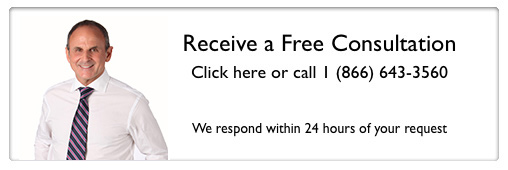We are an increasingly mobile society, with many people working partially from their cars. As tax season approaches, there has never been a better time to re-evaluate your own business vehicle reimbursement program. Are you choosing the best option for you and your employees?
The Simplest Option: Flat Allowance
The flat car allowance has the advantage of being simple and predictable. You know exactly what you will spend on company travel and your employees can budget similarly, with very little paperwork involved for either party. However, this is also the business vehicle option that leaves both you and your workers with the biggest tax bill.
How does it work? Business owners decide what they think is reasonable for travel and add it to an employee’s paycheck. The employee is then responsible for using the money wisely, with no further oversight or paperwork. Unfortunately this is considered income for the employee and subject to payroll taxes.
The Most Popular Option: Cents Per Mile
Almost four-fifths of businesses use this vehicle reimbursement program because it is the happy medium option. Employees track mileage before and after each business related trip as well as location, date, and reason. They then are reimbursed a set amount per mile traveled. This requires a decent amount of paperwork for your employees in the form of logs, which you must collect and keep for seven years. However, the money paid in these programs is considered a business expense rather than employee income, leaving both parties with a lower tax burden. However, the amount paid per mile is too much in some parts of the country yet not enough in others, so it is not always fair.
The Fairest Option: Fixed and Variable Rate Reimbursement
Abbreviated to FAVR, these programs blend the best elements of other types of vehicle reimbursement program. Drivers are reimbursed for fixed costs of business travel, such as insurance and depreciation, and then paid per mile for expenses such as fuel. This makes reimbursement more fair and ensures that employees won’t be left either with a bill or a wad of extra cash. These programs are tax free if you meet several requirements, including having five employees on this program who travel at least 5000 miles a year. If you have fewer employees or don’t require as much work travel, the other two options will be the best choice for your business.


